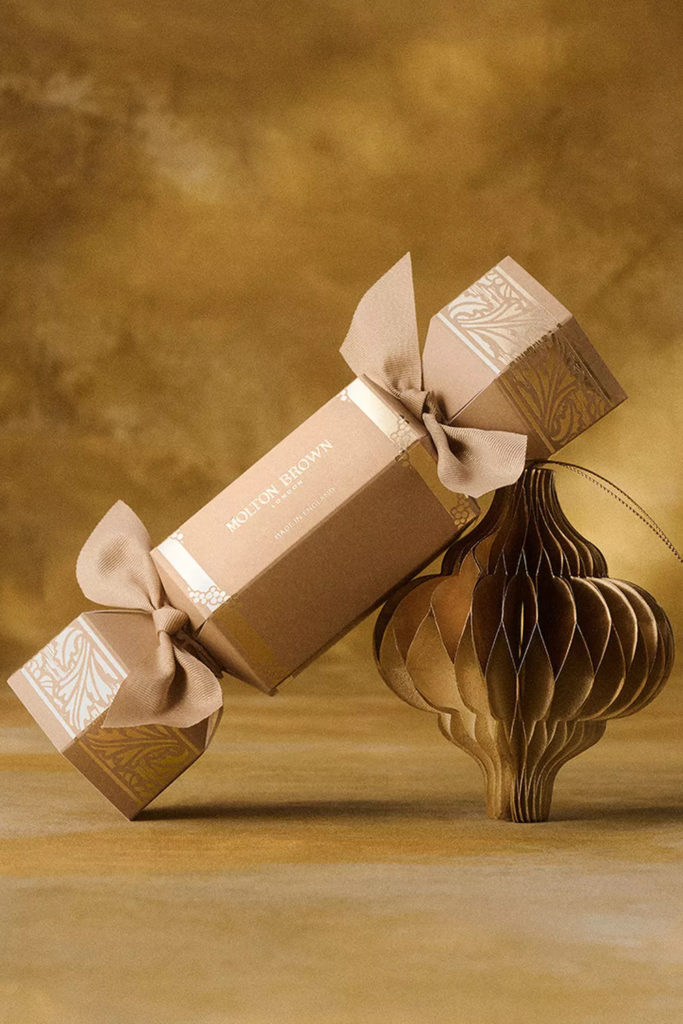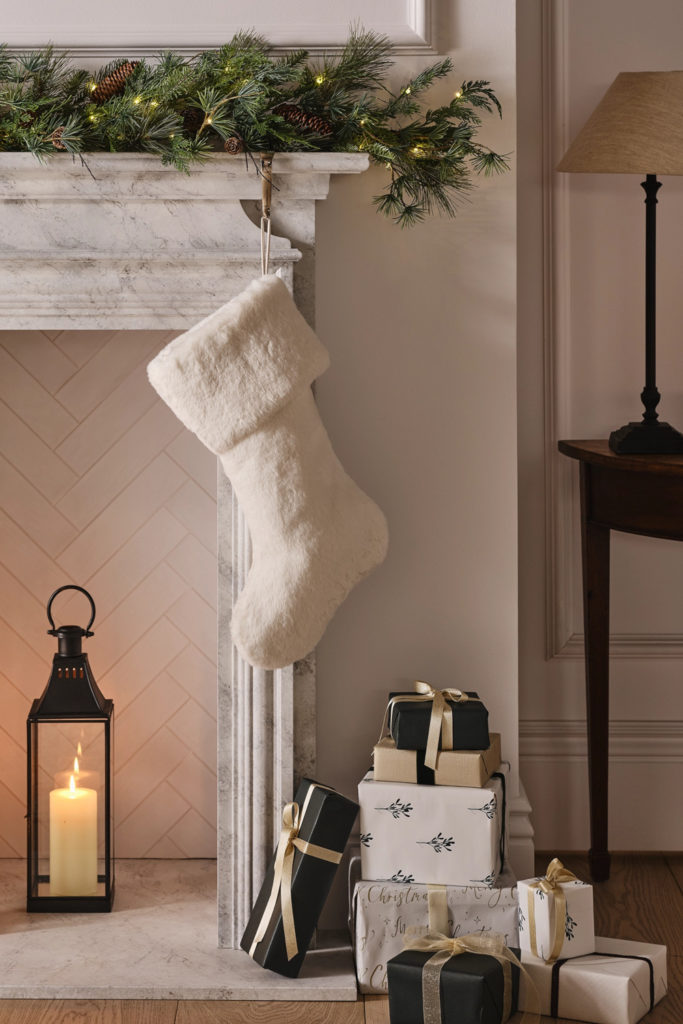How to Choose a Sculpture for Your Garden
By
3 years ago
Here's your sign to take your art collection al fresco
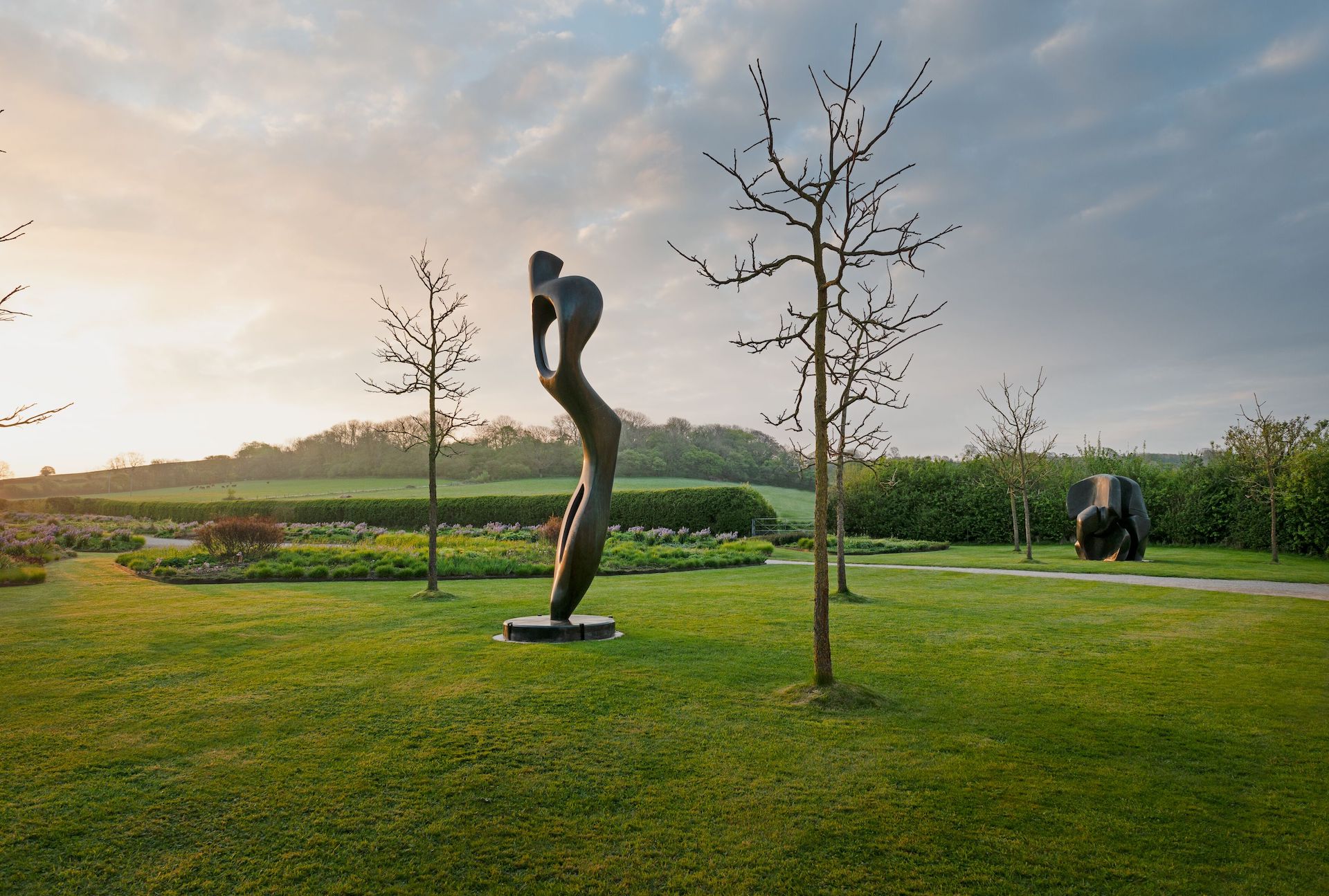
C&TH’s gardening columnist, Randle Siddeley, visits Hauser & Wirth’s Henry Moore exhibition, and makes the case as to why you need a sculpture for your garden.
On Good Form: Sculpture For Your Garden
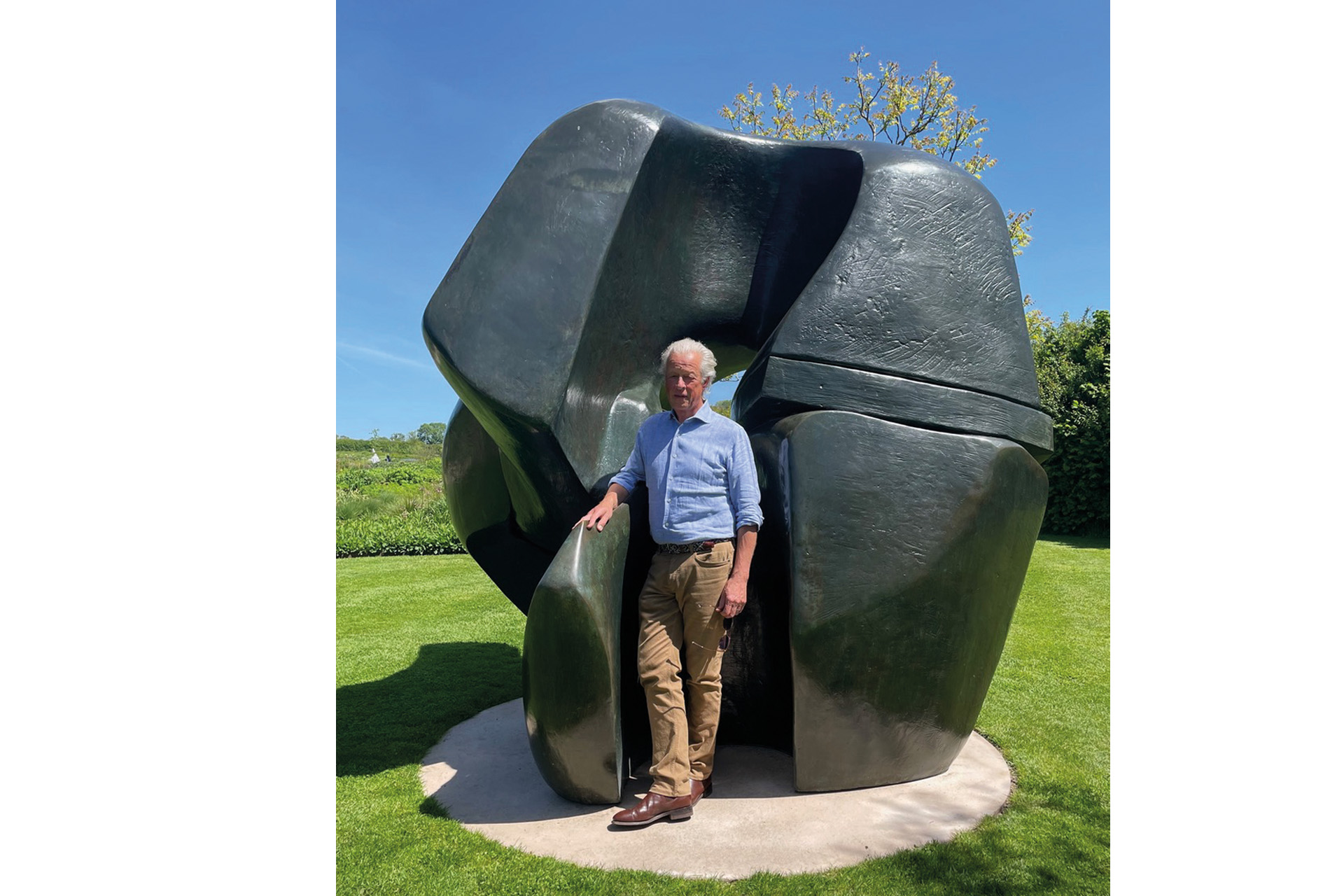
Randle with Henry Moore’s Locking Piece
If you want a real treat this summer, head for Hauser & Wirth, near Bruton in Somerset, for a spectacular exhibition of Henry Moore sculpture. Sharing Form is a comprehensive survey spanning six decades of Moore’s work. It is curated by Hannah Higham of the Henry Moore Foundation in collaboration with the artist’s daughter Mary Moore. This major exhibition runs until early September across all five gallery spaces, and what inspired me most was how the sculptures transformed the surrounding landscape. It will make any visitor with a garden long for one of their own.
Although we clearly can’t all stretch to a Henry Moore, I’ve always loved situating sculpture in landscape and have worked with many artists over the years. In fact, I bought a beautiful piece at this year’s RHS Chelsea Flower Show to sit among a grove of Betula nigra trees in a client’s garden. Dancers, by Jack Eagan, was in the Perennial Garden ‘With Love’ by Richard Miers. The garden should have had a gold medal but instead won the People’s Choice Award, cocking a snook at the judges only awarding it a silver. I was really taken with Jack’s abstract revolving bronze, with its intertwining of elegant shapes echoing the garden’s loving theme. It even has an uplit base for maximum impact at night.
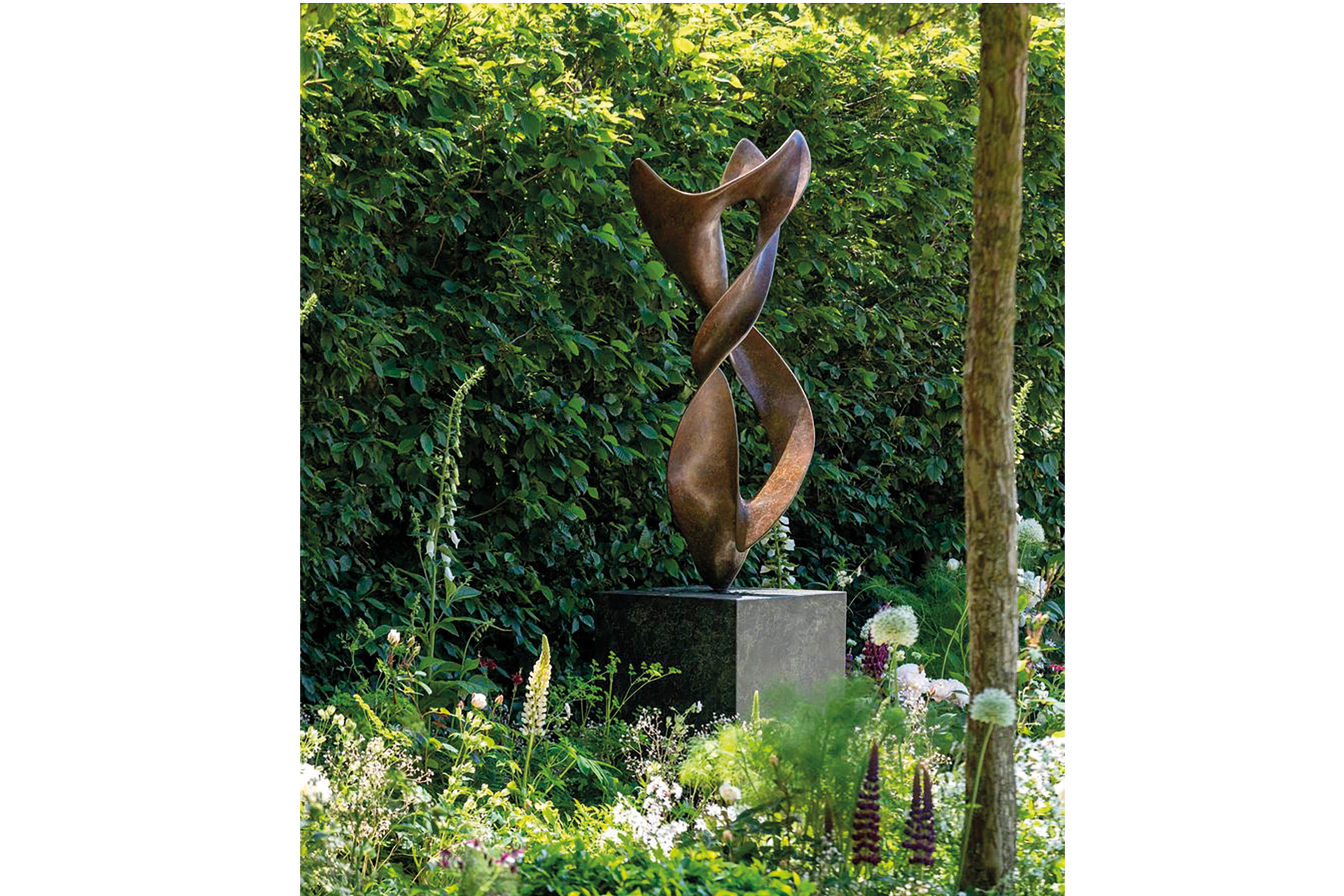
Dancers, by Jack Eagan, in the Perennial Garden ‘With Love’ by Richard Miers
I’ve also bought a verdigris Apple by James Parker for the development I’m working on at Hedsor Wharf. Apple will sit on an exposed travertine marble square base in an orchard between a bridge over the water and a path that meanders between a beautiful avenue of cylindrical Liquidambars. These sculptural trees, with deep red leaves in autumn, act as conical columns to complement the apple’s rounded, sensuous plumpness. James states that Apple is one of his most sought-after pieces and it comes in slate, bronze or mirror polished stainless steel – and in any size. ‘In the ancient world, the apple is one of the most sacred trees and symbolises good health and future happiness,’ he says.
I’m confident the two sculptures will add an extra dimension to both gardens, particularly after seeing the impact of the Henry Moores on the landscape at Hauser & Wirth. I enjoyed a wonderful day there, which included an excellent lunch at the Roth Bar & Grill, designed by architect Luis Laplace, which combines the freshest seasonal food with contemporary art. At the restaurant’s heart is a bar created by Björn and Oddur Roth, the son and grandson of artist Dieter Roth.

Apple by James Parker
There is also a farm shop selling organic local produce but the Moores on their own are well worth the trip. The Arch, which Moore created between 1963 and 1969, is exceptional and the imagination and scale of what he designed gave me goose pimples. As I walked around this vast fibreglass arch, inspired by Stonehenge, I felt I was in the presence of pure genius. Its dimensions and the way its soaring white columns caught the light were awe-inspiring in the green landscape.
In fact, the entire exhibition takes as its starting point the artist’s early fascination with Stonehenge and his exploration of the upright abstract form. Moore first encountered the prehistoric monuments under the moonlight as a young man in 1921 and then 51 years later embarked on a series of lithographs on the subject. The Workshop Gallery features Moore’s Stonehenge etchings and lithographs, dating from 1972. In these works, Moore continues to explore the relationship of the stones to each other and to the spectator.
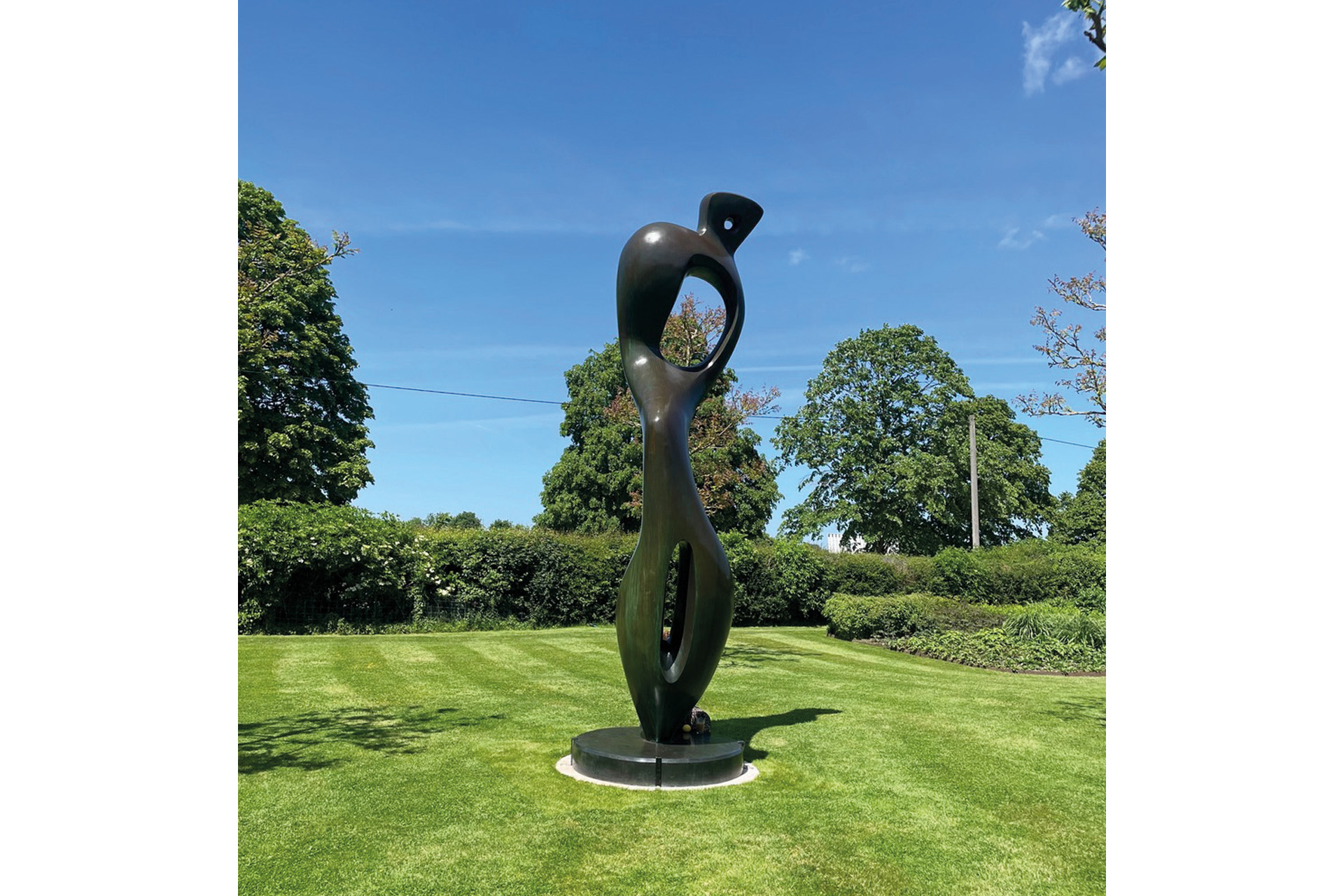
Randle’s favourite piece, Henry Moore’s Large Interior Form, on display at Hauser & Wirth, Somerset
Moore was fascinated by the relationship between the towering masses of ancient stone and their size and situation in the landscape. The power and intensity of such large forms set against land and sky and the juxtaposition of art and nature are echoed in his work throughout this phenomenal exhibition.
I also loved the epic bronze Locking Piece, created in 1962 and cast in 1963. Every element changes as you walk around it and the contrast between the linear elements and the curving, reflective surfaces makes you just want to nestle into it. But perhaps my favourite work of all was the earlier Large Interior Form, just a short walk across the lawn. Its sinuous form soars skywards and the way it appears to lean back to embrace the elements gives it a sense of supple vulnerability alongside its towering power.
Henry Moore: Sharing Form is at Hauser & Wirth until 4 September 2022. hauserwirth.com; randlesiddeley.co.uk
READ MORE
17 Beautiful Botanical Wallpapers / Can Floristry Ever Be Planet Friendly?

